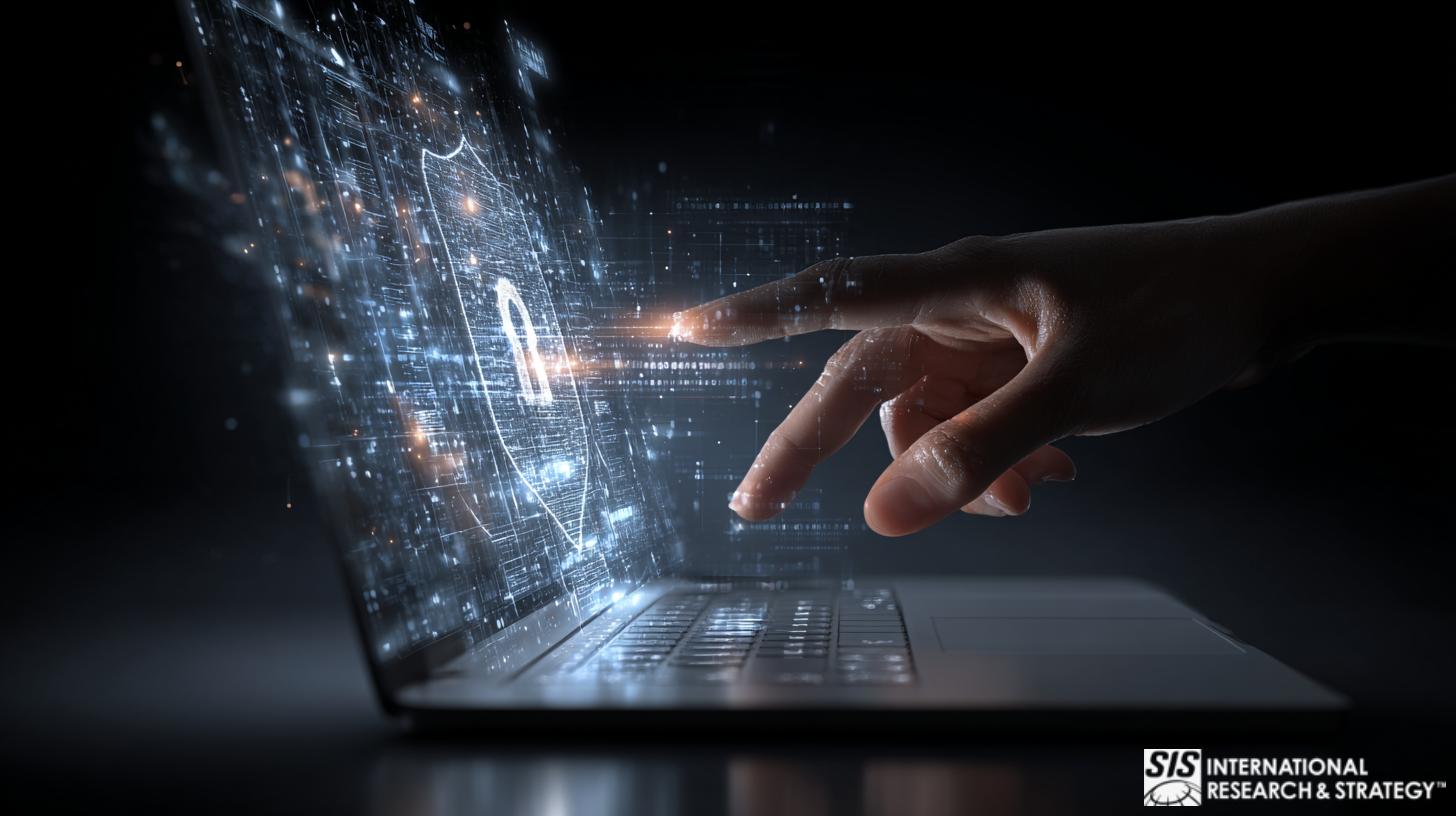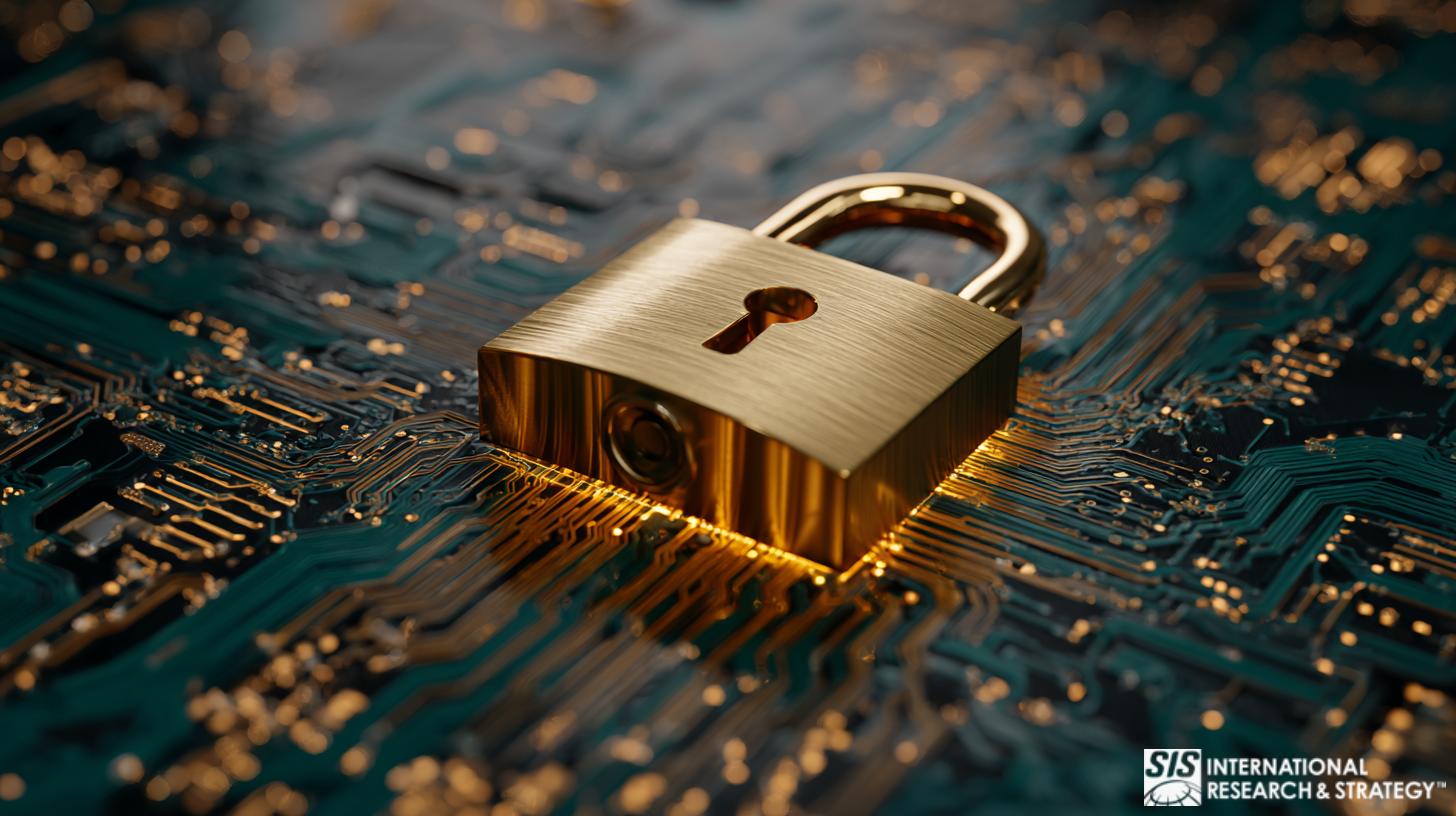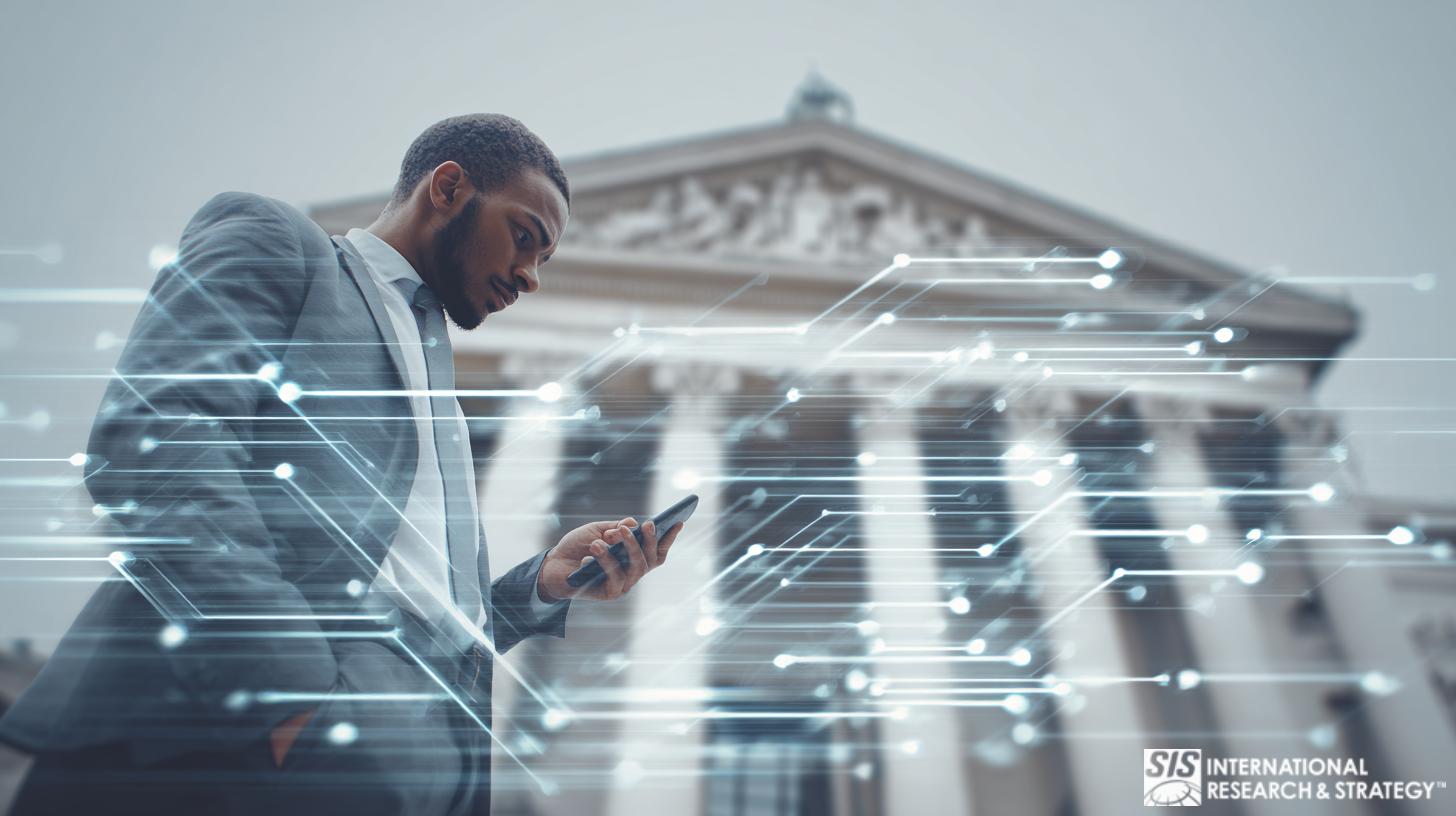
完全不同的病毒
簡要概述醫療保健產業正在進行的遏制網路入侵浪潮的鬥爭。
In addition to subversive hacking in the business world, where private information can be compromised and sensitive company data absconded with, cybersecurity measures are now employed to negate the effects of hacking by foreign entities, used a political weapon. It is an increasingly serious global problem, and one that has necessitated the implementation of advanced cybersecurity methodologies to counteract the increasingly sophisticated capabilities of hackers to subvert these very systems.
“In recent years, cybersecurity has been a growing concern in healthcare, with high-profile cyber-attacks and vulnerabilities causing disruptions for insurers, hospitals, and medical device makers. The stakes for patients are high too as patient data could be lost or tampered with, hospital services interrupted, or patients harmed through attacks targeting specific devices … “ 1
政府乾預打擊網路犯罪
The rapid digitization of the healthcare industry makes this sector particularly vulnerable to cyber attack, and this fact has not been lost on the US Congress. The House Energy and Commerce Committee recently convened to address cybersecurity in the health sector. Information Sharing and Analysis Centers (ISACS) may be key in providing enhanced security for healthcare providers and in thwarting efforts of would-be cyber attackers.
Through the interactive efforts of the 24 organizations that comprise the National Council of ISACs (NCI), great efforts are being made to “maximize information flow across the private sector critical infrastructures and with government. Critical infrastructure sectors and subsectors that do not have ISACs are invited to contact the NCI to learn how they can participate in NCI activities.”2
It is, of course, a Herculean undertaking to strengthen the partnership between public and private entities in healthcare with regard to cybersecurity, considering the myriad industries and agencies of government that are responsible for regulating and delivering said healthcare. Congress has been encouraged to provide tax breaks and other incentives to prompt companies to get involved with the ongoing effort of ISACs.
參與度低阻礙網路安全實施
Unfortunately, poor participation rates among healthcare facilities have been a persistent problem in the ongoing efforts to implement effective cybersecurity measures across the sector. According to Terry Rice, vice president of IT risk management and chief information security officer at Merck, “companies may be hesitant to share information within an ISAC if they fear the information will not remain confidential to its members.”3
“I think the most shocking statistic was really the fact that 40% of the individuals at the top of an organization–executives like CEOs and CIOs, and even board members–didn’t feel personally responsible for cybersecurity or protecting the customer data.” Dave Damato, Chief Security Officer at Tanium, on CNBC’s Squawk Box,談論醫療保健行業的網路安全 13
醫療保健領域網路犯罪的高成本

Aside from the obvious threat of compromised patient information and other incidents of data theft, failures of cybersecurity are incredibly expensive, to the tune of $6.2 billion annually, according to a 2016 research project conducted by the Poneman Institute. Insights revealed in their studies revealed that “nearly 90 percent of the healthcare organizations … had endured a data breach during the previous two years. Forty-five percent had more than five data breaches in that period, with the average cost of a cyber attack totaling $2.2 million. The data contained in electronic health records (EHRs) is often cited as the reason healthcare is such an attractive target in the eyes of a hacker.”4
As secure as people like to believe their health information is in the possession of their doctor’s office or hospital, it is often not the case. The ongoing digitization of health records has been an expensive proposition for the healthcare industry. Securing all that information is another monumental expense, and sometimes this part of the cybersecurity equation has been neglected in the interest of cost-savings, or just by the large-scale nature of the overall endeavor.
醫療保健領域網路竊盜的利潤豐厚
Of course, health records are a hot commodity on the black market, and they can fetch top dollar from parties seeking to obtain personal information, billing addresses, and credit card numbers. Hacking can be a very lucrative enterprise, indeed. Consider this example. “Hackers made off with more than 2.2 million patient records from Fort Myers, Florida-based 21st Century Oncology in March of 2016. A month later, someone stole a laptop with 205,748 unsecured patient records on it from Premier Healthcare, LLC.” 5
勒索軟體的出現
勒索軟體對大多數人來說是一個新術語,人們對最近在全球範圍內發起的WannaCry 攻擊越來越熟悉,這些攻擊使關鍵基礎設施系統癱瘓,並導致那些因此類攻擊而焦慮和可能丟失數據的人蒙受巨額經濟贖金。醫療保健產業尤其容易受到勒索軟體的入侵。
「醫院是此類敲詐勒索的完美目標,因為它們提供重症監護並依賴病患記錄中的最新資訊。如果無法快速獲取藥物史、手術指示和其他信息,患者護理可能會被延遲或停止,這使得醫院更有可能支付贖金,而不是冒著可能導致死亡和訴訟的風險。 6
Ransomware malware, in effect, locks up a computer and makes data inaccessible unless a ransom is paid to the perpetrator. Usually, this payment is made in the form of Bitcoin. In most instances, a time limit is established for the ransom to be paid, otherwise the computers data will be destroyed. Though most stricken parties don’t pay the ransom, enough do to make it a particularly lucrative criminal enterprise.
The healthcare industry has been vulnerable to ransomware attacks because, surprisingly, many hospitals have taken inadequate steps to prevent cybersecurity breeches. Instead, most hospitals have focused their primary concern on meeting HIPAA compliance and meeting federal guidelines to ensure the security of patient information. Ultimately, most employees in healthcare are simply not trained well enough to recognize and thwart cyber attacks before they occur. Even when adequate training and cybersecurity measures are in place, it is a continuous challenge to outwit perpetrators who constantly remain one step ahead of the game.
物聯網設備也面臨風險
To add a layer of seriousness to the present situation, cyber attacks can affect not only computers, but devices that are connected to them, as well. Medical tools, heart and glucose monitors are but a few examples of devices vulnerable to cyber attack. Vice-President Dick Cheney famously demanded that his pacemaker be made safe from cyber attack, lest those with ill-intent not manipulate the function of his device remotely. Quite frankly, interference with such devices can be deadly for the patients who depend on them to live.
作為醫療駭客的一個例子,「在目前使用的一種名為 MedJack 的漏洞中,攻擊者將惡意軟體注入醫療設備,然後透過網路散佈出去。在此類攻擊中發現的醫療數據可用於稅務欺詐或身份盜竊,甚至可用於跟踪有效的藥物處方,使黑客能夠在線訂購藥物,然後在暗網上出售。 7
“No patients have, as far as I know, been killed due to a hacked pacemaker, but patients have been killed due to malfunction[s] of their medical devices, configuration errors, and software bugs. This means that security research in the form of pre-emptive hacking, followed by coordinated vulnerability disclosure and vendor fixes, can help save human lives.” SINTEF 安全研究員 Marie Moe,在“繼續吧,黑客們。傷我的心」(有線)13
FCC 現在建議醫療設備的物聯網供應商在其生產的產品中內建安全措施;建議的關鍵字。實際上,為這些製造商制定強制性安全實踐和要求是一項耗時的工作。此外,分配用於在設備和資料庫之間中繼資料的網路也迫切需要網路安全實施和監控。
新總統,新秩序
There was much speculation as to how the Trump administration would address issues of cybersecurity. On May 11, 2017, the president signed an executive order that mandated a review of the nation’s overall abilities to combat criminal cyber-activity. The order places the brunt of responsibility concerning cybersecurity on federal agencies which were to do risk assessments and turn in their respective reports within 90 days. Additional reports examining critical infrastructure risks were due six months after the president’s order was issued.
「該命令要求對殭屍網路構成的威脅進行審查,殭屍網路以自動產生垃圾郵件流量的網站為目標。這 Mirai殭屍網絡 去年造成了嚴重的網路中斷。但 Access Now 表示,該命令還應涉及政府漏洞披露流程及其對資料外洩的回應。
There is no overall preventative measure or measure that can eliminate the risk of cyber attacks. Rather, hospitals, clinics, and private practices can only hope to work together and manage the continuous risks in the interest of protecting the private information and the general safety of their patients. Concurrently, continuous technological advancements will hopefully address the vulnerability of medical devices and computer networks.
這項旨在遏止網路犯罪對衛生部門及其他領域潛在災難性影響的努力遠遠超出了美國範圍。目前,全球正在努力遏制全球範圍內的網路攻擊浪潮,或至少最大限度地減少網路犯罪分子似乎永無止境地滲透醫療保健系統並儘可能造成嚴重破壞和勒索的影響。
網路攻擊的政治動機

With the hostile political climate that exists between North Korea and virtually every other country in the civilized world, it is not surprising that the rogue nation has been cited as a probably offender in the recent WannaCry ransomware attacks, and other ill-willed endeavors undertaken for political reasons and for the purposes of financial extortion.
「網路安全研究人員發現了技術線索,他們稱這些線索可能將北韓與全球 WannaCry「勒索軟體」網路攻擊聯繫起來… 感染了 150 個國家的 30 萬多台機器. Symantec and Kaspersky Lab said … some code in an earlier version of 想哭軟體 也出現在拉撒路集團使用的程序中,許多公司的研究人員已確定該組織是朝鮮運營的黑客行動。 10
並非所有專家都認為 WannaCry 勒索軟體攻擊是出於經濟原因。英國網路顧問公司 Hacker House 的 Matthew Hickey 等一些人認為,肇事者只是希望「造成盡可能多的傷害」。在受此攻擊影響最嚴重的國家/地區,情況確實如此,包括印度、台灣、烏克蘭和俄羅斯。
俄羅斯領導人弗拉基米爾·普丁等一些人指責美國國家安全局在 WannaCry 勒索軟體攻擊中發揮了作用。 WannaCry 技術被認為是「基於一個洩漏的工具,該工具利用了 Windows 中的安全漏洞,該漏洞似乎源自 NSA。普丁在北京表示:“我們充分意識到,如果將這些精靈從瓶子裡放出來,特別是那些由特工部門創造的精靈,可能會傷害它們自己的作者和創造者。” 據俄羅斯國家通訊社塔斯社報道」。 11
“This next president is going to inherit the most sophisticated and persistent cyber espionage cultures the world has ever seen, He needs to surround himself with experts that can expedite the allocation of potent layers of next-generation defenses around our targeted critical infrastructure silos.” James Scott, Senior Fellow, Institute for Critical Infrastructure Technology 14
衛生部門打擊網路入侵的趨勢
Obviously, the threat of cybersecurity breaches across all sectors of business and industry will not abate. In healthcare, there will be an ongoing and incessant need to improve technology and overall vigilance to avoid disastrous incidents in the future. Certain protective trends are emerging that might be seen as the future of cybercrime deterrence in healthcare.
At the top of the list is an increasing migration to cloud-based information security tools. This move “will allow the tools to be updated more dynamically to address zero-day type malware. This move to the cloud should ultimately make it more economical to make these tools available to all healthcare providers – large and small.” 12
In addition, the healthcare industry will be forced to encourage increased information sharing and collaboration across health networks and between facilities. This mutual cybersecurity effort will be difficult to instigate as health institutions are often quite insular by nature. It is predicted that this sharing of information will reach beyond healthcare to include many sectors of business and institutional endeavors to minimize risks for all involved.
Ultimately, the effort to negate the dangers of cybersecurity breaches, ransomware, and new and emerging threats in this arena will come down to education and awareness on all employee levels in healthcare and beyond. When everyone is well-educated and made to see warning signs of cyber-risks and what they can do to be part of an overarching effort to stem the tide of cyber-incursion, the healthcare industry and all protectors of civilized information sharing around the globe will continue to make meaningful strides towards limiting the damaging effects of cybercrime in all sectors.
AI-Driven Website Security: WP Safe Zone for Healthcare
In the healthcare sector, where sensitive patient data is a prime target for cyberattacks, robust website security is critical. The rise of AI in cybersecurity is providing powerful solutions to combat these threats. One standout example is the WP Safe Zone plugin, tailored for WordPress websites.
WP Safe Zone utilizes artificial intelligence to protect websites from malware, brute force attacks, and unauthorized access. Its AI algorithms constantly monitor and adapt to emerging threats, ensuring real-time protection for healthcare organizations’ online platforms.
As cyber risks in healthcare continue to grow, tools like WP Safe Zone demonstrate how AI can safeguard critical systems, ensuring both data security and compliance with strict regulations.
我們可以協助您的網路安全工作
SIS 國際研究中心數十年來一直在多個層面上與醫療保健產業互動,從獨立的家庭診所到多層和整體的健康網路。我們對醫療保健產業企業和機構所面臨的挑戰有著無與倫比的獨特理解。我們提供利害關係人的研究和情報[/fusion_text][fusion_text]
我們的解決方案包括:
如今,針對我們最受尊敬的醫療機構及其服務的患者的網路犯罪日益增多,威脅變得更加複雜,我們以最嚴肅的態度考慮我們的角色。作為一家以了解醫療保健行業的重要性和多方面性質而自豪的公司,我們將繼續為與健康相關的實踐、設施和組織提供與我們的客戶相同的高品質和全面的研究能力。 。透過這種方式,我們希望盡自己的一份力量,幫助醫學界了解和應對醫療保健行業中真實而嚴重的網路攻擊威脅。
本研究的編寫使用了以下資源:
http://www.raps.org/Regulatory-Focus/News/2017/04/04/27267/Cybersecurity-House-Committee-Looks-to-Build-on-Public-Private-Partnerships/#sthash.x4Xvdf6q.dpuf
https://www.nationalisacs.org/
http://www.raps.org/Regulatory-Focus/News/2017/04/04/27267/Cybersecurity-House-Committee-Looks-to-Build-on-Public-Private-Partnerships/#sthash.x4Xvdf6q.dpuf
https://learningnetwork.cisco.com/blogs/talking-tech-with-cisco/2017/03/21/cybersecurity-and-healthcare-a-forecast-for-2017
https://learningnetwork.cisco.com/blogs/talking-tech-with-cisco/2017/03/21/cybersecurity-and-healthcare-a-forecast-for-2017
https://www.wired.com/2016/03/ransomware-why-hospitals-are-the-perfect-targets/
https://www.wired.com/2017/03/medical-devices-next-security-nightmare/
https://techcrunch.com/2017/05/11/trump-signs-long-delayed-executive-order-on-cybersecurity/
http://www.healthcareitnews.com/news/top-10-cybersecurity-must-haves-2017
http://www.dingit.tv/highlight/1441974?utm_source=Embedded&utm_medium=Embedded&utm_campaign=Embedded
www.healthcareitnews.com/blog/3-trends-shaping-future-cybersecurity
https://www.forbes.com/sites/danmunro/2016/12/18/top-ten-healthcare-quotes-for-2016/#5f47fb6b127f
http://www.goodreads.com/quotes/tag/cyber-security



